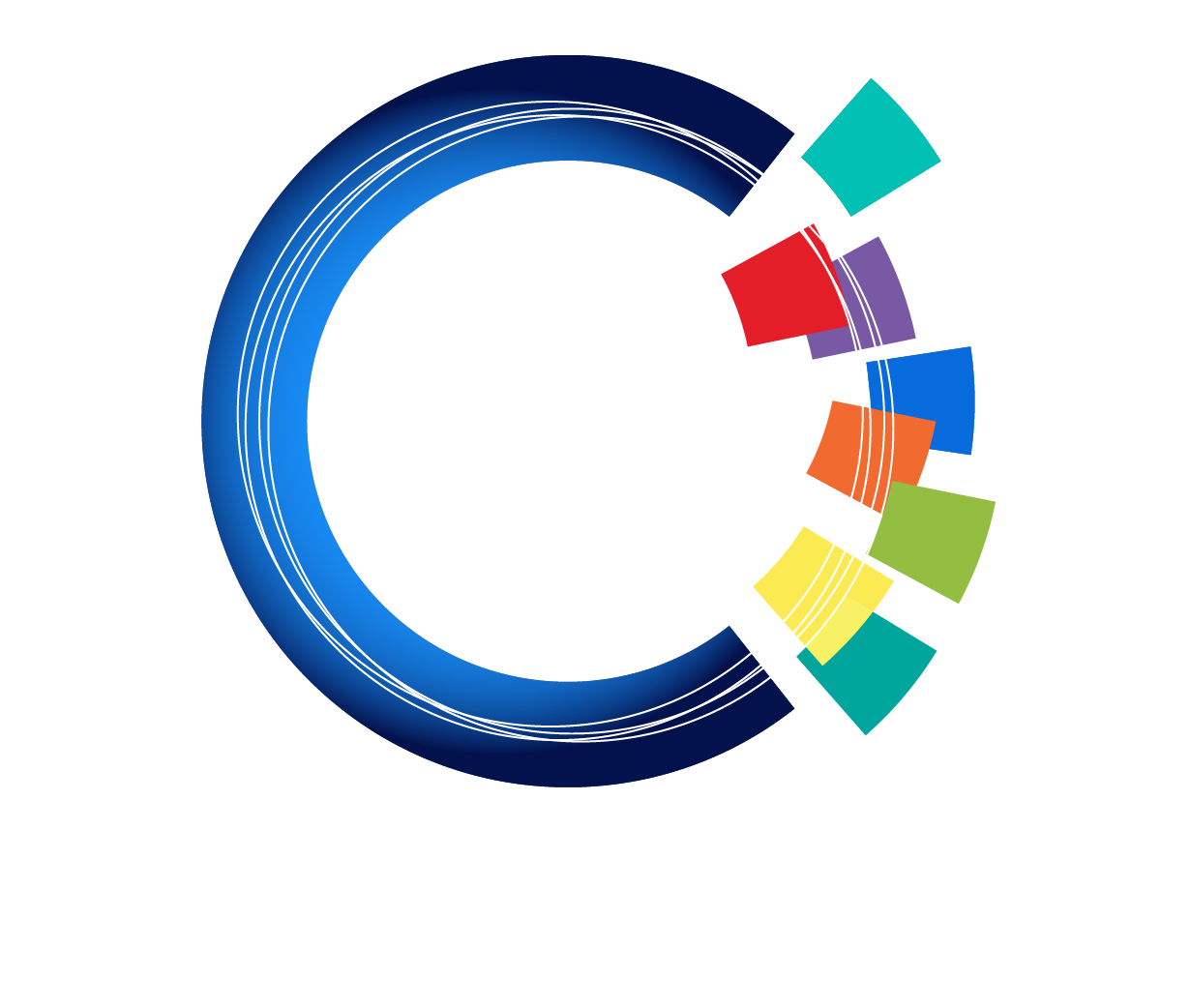Much has been written by my Ombud predecessors, at this time of the year when performance reviews take place, on how to approach these discussions and how to provide feedback, whether top-down or bottom-up. You may wish to have another look at their analysis and advice, which remain very valid and could help you, as both supervisor and supervisee, to prepare for MERIT interviews.
- https://ombuds.web.cern.ch/blog/2020/01/appraisal-interview-or-how-encourage-learning
- https://ombuds.web.cern.ch/blog/2016/09/gift-feedback
- https://ombuds.web.cern.ch/blog/2016/09/gift-feedback-part-2
- https://ombuds.web.cern.ch/blog/2014/02/mars-interviews-opportunity-new-understandings-part-1
- https://ombuds.web.cern.ch/blog/2014/02/mars-interviews-two-way-street-mutual-understanding-part-2
- https://ombuds.web.cern.ch/blog/2012/06/sincere-feedback-favours-efficiency
Ideally, feedback should be provided continuously throughout the year. Still, giving feedback is not easy, and supervisors and supervisees might dread the interview when they have to discuss a performance issue, which can also be a management effectiveness issue.
In this article, I would like to offer another perspective on providing feedback, which is about minimising the initial reaction of mistrust and fear that we all have when we receive feedback on our performance*.
Negative feedback always packs a punch. It points to a problem in performance, which may include what is delivered or how it is delivered (the behaviour) or both, which is why most difficult conversations revolve around people defending themselves. No wonder, since it creates a threat for their brain. The negative emotions take over and colleagues will, often unintentionally, close themselves off to the discussion.
Focus on the desired outcome
When looking at problems, including performance problems, everyone tends to take a deductive, problem-solving approach, which is very appropriate for solving technical issues but will not get you very far when it comes to providing feedback.
Indeed, tackling a performance problem with a colleague will usually drag you further into the story of what, why, how, when, etc., revealing other problems. As the brain works, bringing problems to mind also brings emotions to mind which, in turn, trigger the limbic system into fear and defensiveness.
If you try to solve problems using your past experience, you will naturally make connections with past negative experiences. The more negative connections you make, the fewer resources you have for solving the real, most important, issue: the performance issue.
So why are we so problem-focused during performance reviews? It may be because there is some certainty and comfort in plunging into the past and re-examining the circumstances of failure. Your brain likes certainty and comfort and will automatically dig into experiences and try to match them with the current problem to solve, which will trigger more negative emotions. On the other hand, starting afresh and focusing on answers might initially seem more difficult since it can feel like diving into the unknown, and the brain does not like uncertainty.
An effective approach to tackling a performance problem is to focus on the desired outcome rather than on the past. The brain is a powerful ally but it cannot entertain both problems and solutions at the same time. So you have to choose.
- When you focus on the problems, you are more likely to activate the negative emotions connected to the problems.
- When you look for solutions, you scan your environment widely for cues, which apparently activates the right brain hemisphere. This is helpful for having insights**, which is how complex problems are solved.
Refrain from proposing solutions
Problem solving is exhausting, and you might be tempted to provide your colleague with a set of solutions. The thing is, providing a solution might make you seem smarter, which will threaten your supervisee’s status. Moreover, they will feel like they are losing control of the situation. In addition, a solution that they themselves propose has a much greater chance of being implemented.
Try to refrain from giving in to the desire to solve the problem yourself. Waiting for someone to come up with their own ideas requires effort but, the more you are working out solutions for people, the more they feel threatened and might reject them.
Use the SCARF model
Facilitating insights in other people’s mind in order to work around an impasse requires you to use the SCARF model. SCARF stands for status, certainty, autonomy, relatedness and fairness.
Reassure your colleagues that you respect their status, instead of asserting your authority and supervisory role. Increase their sense of certainty by being very clear and honest about what your objectives are. Respect their sense of autonomy by ensuring that they come up with their own proposals and solutions to performance problems. Relate to them, as you are both individuals with competences, roles and responsibilities as well as private lives. Reassure them that you conduct the process of evaluating performance fairly and equitably.
When all these conditions are met, the gut reaction to feedback – freeze or fight – is neutralised, and both parties open up to the conversation and look for positive outputs.
Laure Esteveny
* This article is inspired by the book “Your brain at work” by Dr David Rock.
** An insight, here, is a solution that is not logical but recombines knowledge in your brain in a whole new way. Insights are at the heart of creativity for problem solving.
I want to hear from you – feel free to email ombud@cern.ch with any feedback or suggestions for topics you’d like me to address.
NB: If you would like to be notified about posts, news and other communications from the CERN Ombud, please subscribe to receive the CERN Ombud news.
